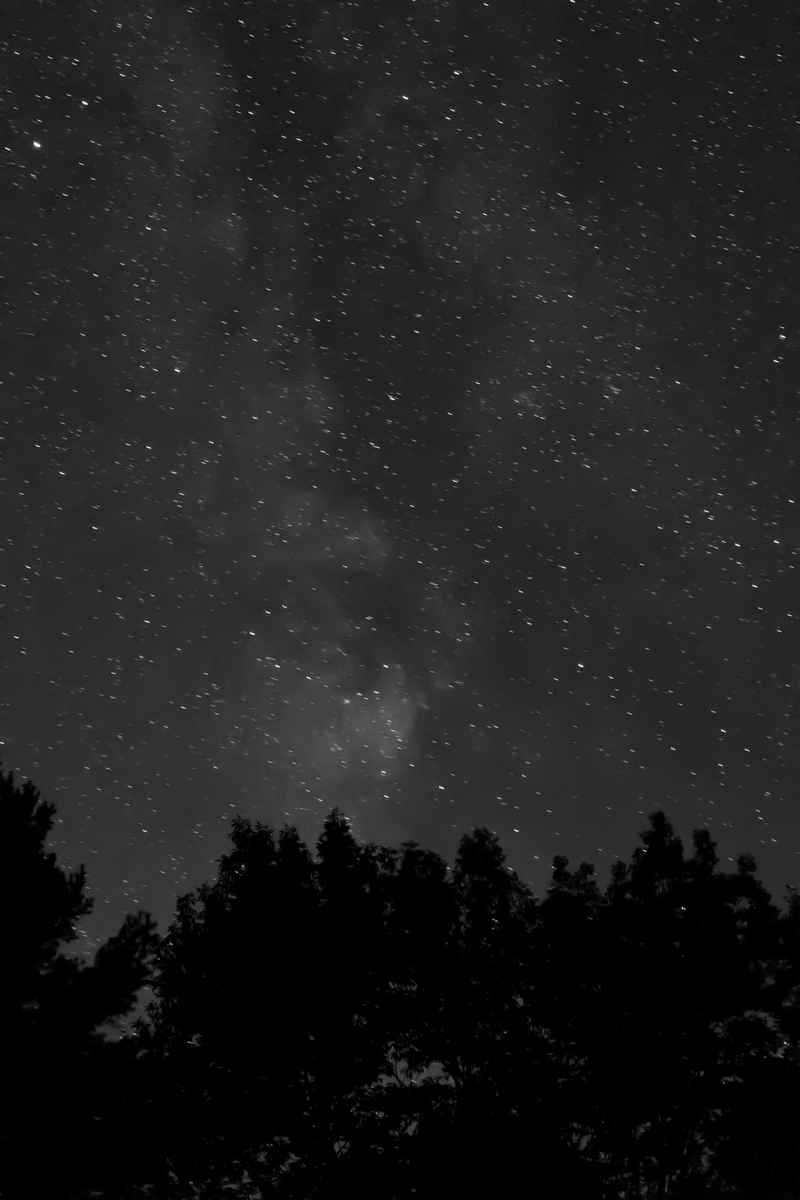Thanks to the help of SLU Professor Aileen A. O-Donoghue and Dominic Ford’s incredibly informative astronomical calendar, I bring to you this week’s sky events:
The last noteworthy event of September will be the moon phase moving into its last quarter, meaning that less than half of the moon’s left side will be lit up. This is also called a waning crescent and it indicates the final stages before the New Moon, which will occur on October 6. Basically, each night we will visually see less and less of the light side of the moon until one night it will appear as if the moon never rises. Of course it does rise, we just can’t see it. The reason why we see the moon is because of the sun’s light reflecting on it. In the case of a “moonless” sky, that means that the moon is currently hanging between the earth and the sun. So there is no light to reflect back because we’re essentially seeing the back of the moon. The reason we call the darkened moon, New Moon, is because it marks the end of the lunar cycle.
The first few days of October are looking to be rather eventful as far as sky events in the northern hemisphere. To begin, on Friday October 1, M110, what Ford described as the “brightest satellite galaxy of the Andromeda galaxy,” will be visible at around midnight local time. Though it is the brightest, it is still only a magnitude of 8.9, the brighter objects being closer to a magnitude of one, therefore some binoculars will be necessary for viewing. If you do make it out for viewing, the satellite can be found amongst the Andromeda constellation!
Also on Friday, Asteroid 40 Harmonia will be above the horizon for the majority of the night, regardless of where you are in the North Country. It will reach its highest point at around 1:00 am, about 45 degrees above our southern horizon and placed within the Cetus constellation. Like with M110, binoculars or a telescope will be necessary for viewing. The reason why we are able to see the asteroid at all right now is because it is in opposition to the sun. For example, when a described the New Moon as seeing the back side of the moon because it is placed between Earth and the Sun? Well a Full Moon is just the opposite, where Earth is between the sun and the moon. In this situation, the moon’s illuminated side is fully in view. In the case of Asteroid 40 Harmonia, it is the same situation as a full moon, only on a much smaller scale. However, that alone is not enough to be visible, but on Friday the asteroid will also be making its closest approach to the Earth, called a perigee. So, under these near perfect circumstances, Asteroid 40 Harmonia will be visible in our night sky. It is honestly incredible!
Next, from October 5-6, the October Camelopardalid meteor shower will be active, peaking on October 5. Most shooting stars will be found within the constellation Draco, which is draped between Ursa Major and Ursa Minor, also commonly known as the Big Dipper and the Little Dipper. In Rochester the shower will be circumpolar, meaning it will be visible all night long. Here, the shower will increase in visibility throughout the night, starting at 11:00 and peaking closer to Dawn. So, if you’re looking to see many meteors, it might be best to go to bed and wake up early! However, these ones will fall more vertically, makingfor streaks that are short and fast. At other times in the night, the “stars” will streak less often, but create, as Ford put it, “longer-lived” streaks in the sky because of their angular entrance into our atmosphere. Also, since October 6 will be a New Moon, it will be a great night for sky gazing because there will be no extra light from the moon to take away from the meteors.
Fun fact, meteor showers basically occur when the earth goes flying through a configuration of many asteroids. The streaking we see is the space rock falling so quickly that it burns up in seconds. According to Ford, meteors tend to burn up at an altitude of around “70 to 100 kilometers.” Which, for reference, would be the height of the Empire State Building if it were stacked around 225 times. So, no need to worry about any “stars” coming and crashing through your windows, because most would never even make it close. Also, no, they aren’t at all stars, but that doesn’t mean you can’t make a wish on them!



